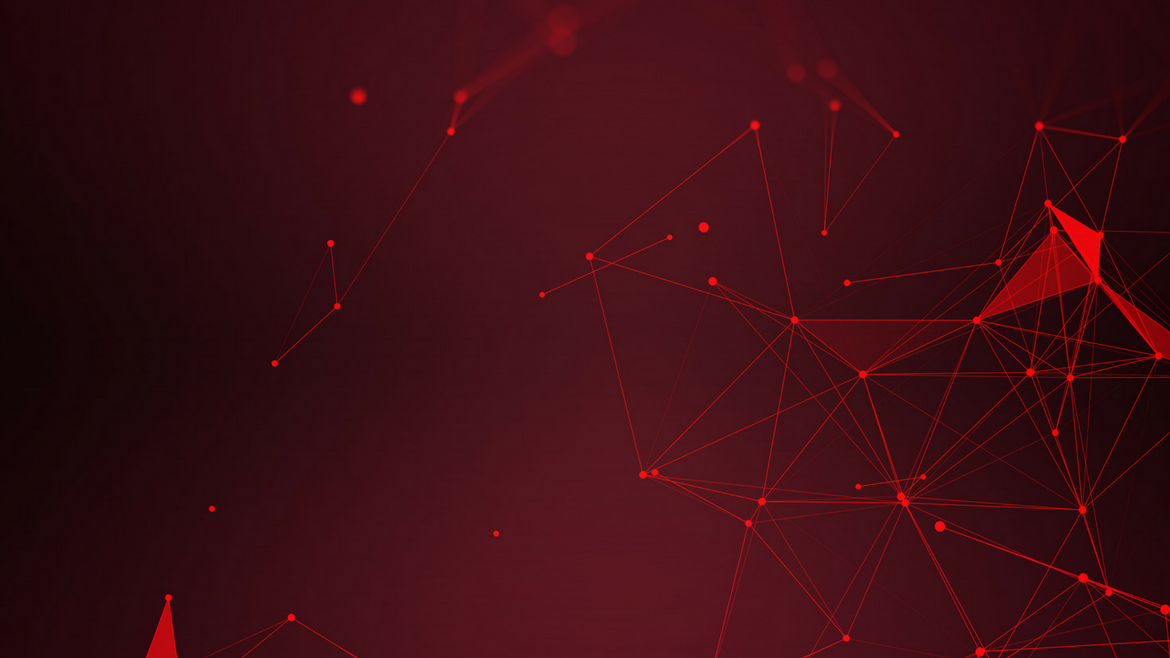In this Q&A, The EIU asks Renata Marques, CIO of Whirlpool Latin America, about the changing role of the CIO, how emerging technologies like cloud are enabling innovation and how businesses execute their digital transformation journeys.
Renata Marques is the CIO at Whirlpool Latin America, responsible for information technology and digital business transformation solutions. Ms Marques has held previous IT leadership roles at ABB and Monsanto.
EIU: How would you describe your role as a CIO today? What do you and your teams need to do to succeed looking forward?
My role as CIO is to be the conduit—to convert all the technical knowledge into a single strategy and not have a lot of different technologies everywhere not in conversation with our business. We should guide the business to use technology to enable their strategy, grow revenue and improve the consumer experience. So the changing nature of IT is our challenge.
Today, we are focused a lot on soft skills, to make sure that we hire people who are passionate for learning, comfortable taking risks, and very consumer and business focused. We understand that people with soft skills can adopt and learn new technologies much faster. Our internal IT teams are also consumers. They can use their own experience as a consumer to understand the business needs and to bring new capabilities to the company.
And to keep up, personally, I always feel that I need more. I am always looking for knowledge from other businesses and new research. I participate in events and conferences. As IT leaders, we must always be starving for new stuff.
EIU: What do you think about technology’s role in innovation?
We believe in innovation with a purpose. We work to fully understand the consumer and offer innovation that has meaning, strong rigour and focuses on the consumer’s benefit. We spend so much time and effort to understand what the consumer truly needs, for today and tomorrow.
That’s why we worked very hard last year on the consumer journey to understand their pain points, and through this experience, become able to design new services, with all the innovation and technology available in the market.
That said, digital transformation is part of our strategic agenda and not just our digital products and services, but everything that touches the consumer in all functions of the organisation: logistics, services, products, etc.
Our biggest projects will be on analytics and artificial intelligence (AI) to improve how we bring products and services to our customers. We are using AI for a new generation of websites to provide consumers more self-service and a better user experience. Nowadays, it’s not important to just sell the product, but to support the consumer during his or her entire user journey.
It’s important to remember, though, that keeping the lights on is part of our agenda too. These are the basics. We should make sure the business is running very well and reliably. I think the secret there is: have a very solid and stable foundation that doesn’t consume the agenda of innovation and digital transformation. When you have a lot of issues here, it’s a problem, because then you don’t have time to focus on digital transformation.
EIU: Has cloud specifically affected your ability to deliver innovations?
We recently launched a B2B e-commerce platform that’s being implemented in Latin America to support spare parts for KitchenAid, our home appliance brand. This project was implemented in four and a half months. We used and are continuing to use an Agile development model. From the business point of view, the main driver of the initiative was the customer experience—to set clear pricing policies, update the catalogue, maintain the online store 24-7, improve wholesale services and so on. Without a cloud first strategy, we would never have been able to deliver a big project like that in four and a half months. Now we can.
Using the cloud first strategy, we can shift our agenda to be more business driven and innovative. When you are in the cloud, you cut immediately to the project phase. It’s much faster to contract services and infrastructure in the cloud.
EIU: How do you think about and manage failure as part of digital transformation?
We have some key performance indicators (KPIs) for the proof of concepts and minimum viable products (MVPs) that we perform during the year. We have a percentage that we can let fail, and it’s not a bad thing. We can learn from that, and that’s why starting small is really important, because starting small means we’ll be learning. We may fail, but if we fail, we can move faster to another alternative.
I don’t think that failure is the problem. We don’t want to make the same mistake over and over again, but if you fail and you learn from that—that is something that is very supported by the organisation. It’s been a cultural change.
EIU: Organisations are often in many different stages of their digital transformation. How would you describe your journey?
The first cycle of my journey at Whirlpool was to focus on technical debt elimination. I focused on what systems we should make stable and integrate. For example, we integrated our enterprise resource planning (ERP) system and moved it to a cloud as well. With that, we created a ready-for-use platform that would not consume our digital agenda but would actually be plugged into it.
More recently, I was able to focus more on digital transformation, to engage the organisation to shift and consolidate the way we create and deliver solutions, to have a clear understanding of business protocols, to leverage our methodologies and to encourage creativity, innovation, co-creation and partnership. This is the last two years’ agenda that could happen only because we stabilised the other systems.
The next cycle will be to consolidate this innovation and collaboration across the organisation to provide consistency and integration across all business units. We, as a big company, have many different functions, areas and departments. We want to continue this phase of not only focusing on the individual business function needs but to also engage all functions to work together and embrace digital transformation.
To learn more about The EIU’s Pioneering Leadership programme, find a full range of insights, including more Q&As, upcoming articles and an in-depth report, click here.









